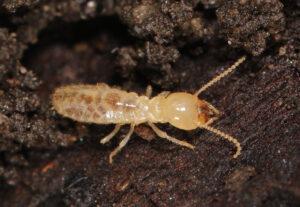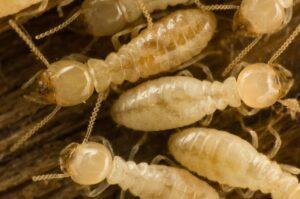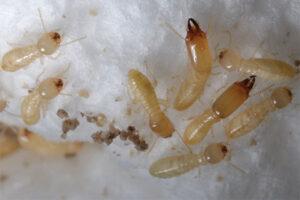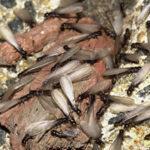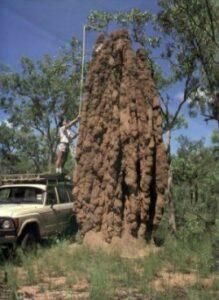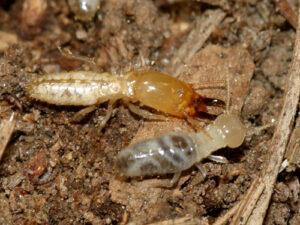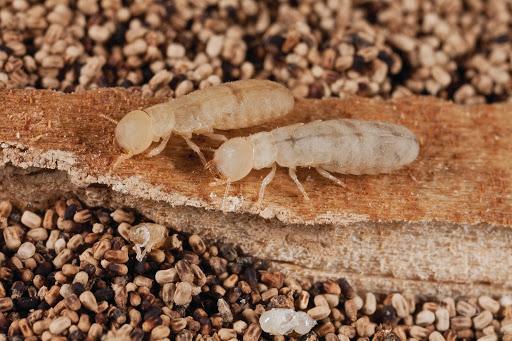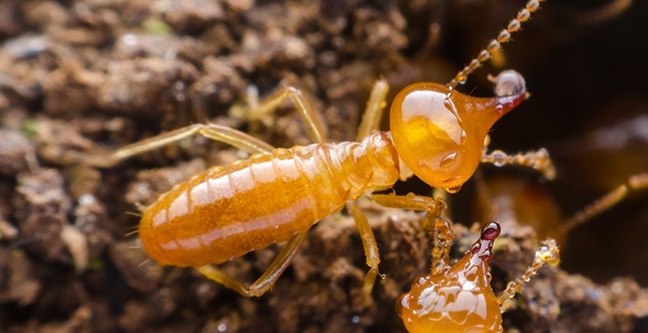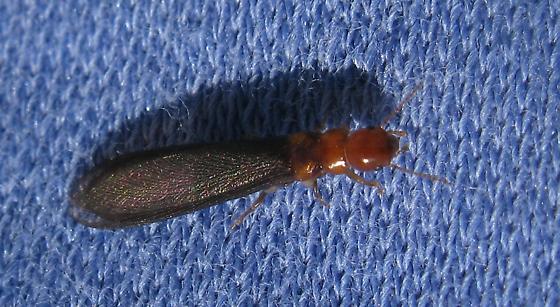Eastern Subterranean Termite (Reticulitermes flavipes)
Updated on
17/11/2022The eastern subterranean termite causes significant wood damage and is a major pest for homeowners. They are social insects that live in colonies in the soil and have distinct castes to perform specific functions. A mature colony can have a whopping 20000-5 million workers.
Scientific Classification
- Class:Insecta
- Order:Blattodea
- Infraorder:Isoptera
- Genus:Reticulitermes
- Species:R. flavipes
Conservation Status
Description
The termites in a colony are divided into the worker, soldier, and swarmer or reproductive castes. The workers are non-fertile, wingless, and soft-bodied. Measuring about 0.25 inch they are the major part of the colony and are responsible for damaging wood. The soldiers are of the same size, non-fertile and wingless, and defend the colony with their enlarged heads and jaws. The reproductives are the queens and fertile males of the late season that are the only ones who can complete the life cycle. Their size is 3/8-1/2 inch.
Distribution: Throughout the eastern US, including Texas. It can be found as far north as southern Ontario.
Habitat: In structural wood close to the soil like sills, joists, studs, posts, subflooring, frames, steps, and also in stumps and fallen trees. They prefer places close to heat sources.
Do They Bite/Sting: Yes.
Lifespan: The queens can live as long as 30 years, but the average lifespan is 15-17 years.
Predators: Spiders, ants, wasps, flies, beetles, assassin bugs, unsegmented roundworms, birds, frogs, geckos, lizards, snakes, bats, armadillos, anteaters, aardvarks, etc.
Behavior and Characteristics
Diet
Cellulose material like structural wood of buildings, wooden fixtures, books, paper, and cotton form their diet.
Swarming
Late winter or early spring sees swarms of the reproductive caste in infested buildings. This caste is most commonly seen as they are attracted to light while the other castes avoid light exposure. When they appear in buildings, they swarm about doors and windows. They shed their wings before mating but don’t cause any damage to wood.
Nest-building
The colony nests are usually built underground below the frost line but above the water table. Mud galleries or shelter tubes are constructed across hard objects to allow access to timber food sources.
Life Cycle
1. Egg Stage
The primary queen of a colony lays 5000-10000 eggs in a year. The eggs and young can be found in nurseries resembling an ant colony.
2. Adult Stage
Late fall sees the fall queens and males mating in the soil to create new colonies. The workers hatch first and start building the colony by raising the young. They also feed the soldiers that cannot feed by themselves. The queens go on laying eggs. New queens and males again develop in the fall and mate to either extend the colony or begin new ones. The queens have a life expectancy of multiple years.
Comparison with Similar Species
Formosan Subterranean Termite
The eastern subterranean termites are translucent gray or brown with longer heads, bodies, and pinchers. Formosan termites, Coptotermes formosanus, are also translucent but orange in color.
Getting Rid of Eastern Subterranean Termites
Professional termite treatment of wood should be availed to control this pest. Soil treatment and insecticidal baits can also get rid of them. A chemical barrier can be used to protect wooden surfaces from termites.
Source
flickr.com, terminix.com, termite.com, mypmp.net, northeastipm.org, bugguide.net




